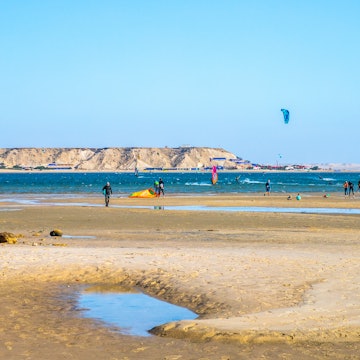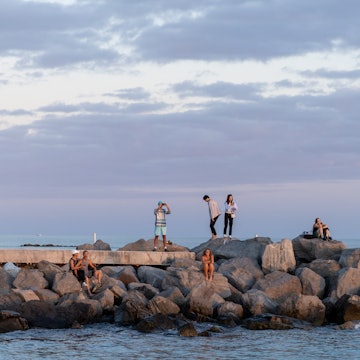

Boats at the marina in Agadir. saiko3p/Shutterstock
Agadir is a compact, easy-going coastal city. Its sweeping bay is home to the 5km-long (3.1m) Agadir Beach, with a paved promenade lined with hotels, restaurants and cafes. The region is famous for its Atlantic coastline, sunny climate and surfing waves, which means you’ll likely spend some time eating fish, getting sandy, paddling out or chilling oceanside.
Away from the beach, discover one of Africa’s largest souqs and a range of cultural offerings, including the Agadir Art Museum and a rich culinary heritage. Nearby, in the Atlas foothills, you’ll find scenic hiking, rural Amazigh villages and the picturesque Paradise Valley. For wildlife enthusiasts, the Souss-Massa National Park, home to migratory birds, rare endemic species and a taste of the African savannah, can now be reached on e-bikes.
Here are some ideas on how to spend the perfect day in Agadir.
Breakfast: pancakes, planning and people-watching
Do as Moroccans do: start your day with a lazy breakfast. You can go to the marina, where you’ll find plenty of sunny cafes to enjoy a coffee with a view of the boats (Espresso Lab gets the first morning sun) or head to Agadir Bay, an emerging upmarket neighborhood. It’s where city dwellers go for a deluxe breakfast; for the price of a cappuccino in other global cities, you can order an assortment of breads, sweet pastries, pancakes or waffles served with a fresh orange juice and a hot drink of your choice. Latte Latte is a current favorite; their generous brunch menu runs from 7am to 7pm.

Early morning: get out and about before the sun peaks
Mornings are best for exploring in Agadir. Visit the city on foot, hopping on a bus or in a burnt-orange petit taxi for any longer stints. A couple of new cultural offerings include the Agadir Art Museum, which features two floors of mostly contemporary Moroccan art, and the Musée de la Reconstruction d’Agadir, an emotive and well-curated account of the 1960 earthquake that destroyed 80% of the city. Families may enjoy Le Petit Train, a mini-train that takes you through the main tourist areas.
The city’s Brutalist architecture and recent urban planning upgrades, Hello Ride and bus lanes, can be enjoyed on a city bike tour. Shine & Ride offers a choice of e-bike city tours or allows you to rent your own bikes and explore independently. If you prefer getting out in nature, consider Shine & Ride’s e-bike tour to the Souss-Massa National Park, where you can see ostriches, oryx and gazelles in their natural habitat.
Happier with your feet firmly on the ground? Take a hiking trip to Paradise Valley in the nearby Atlas Mountains. A grand taxi, from Agadir Center, will drop you at the Visitor’s Center in Paradise Valley. From there, follow the main path to a small oasis with cafes en route; a swim in the oasis is dependent on rainfall. Alternatively, book a small group hike with Amazigh Hike and Yoga for a more authentic and quieter experience.
Lunch: time to refuel
Fishing is one of Agadir’s four main industries, alongside tourism, agri-food and agriculture; therefore, it is unsurprising that fish features high on menus all over the city. Agadir’s street food classic is a sardine ball or kefta sandwich, served in stalls and restaurants throughout the city.
Next to the fishing port, Moul Tawa Port is part of a new expansive fish market and restaurant complex. Or, Le Flore, situated on the promenade, is a popular choice for fresh fish and seafood platters served in an alcohol-licensed restaurant across from the beach.
If you want to know where the locals go for an authentic tagine, check out Annahda on Avenue Moulay Youssef for simple yet tasty Moroccan dishes. On a Friday, switch it up for couscous, the traditional dish eaten after the weekly mosque prayers.
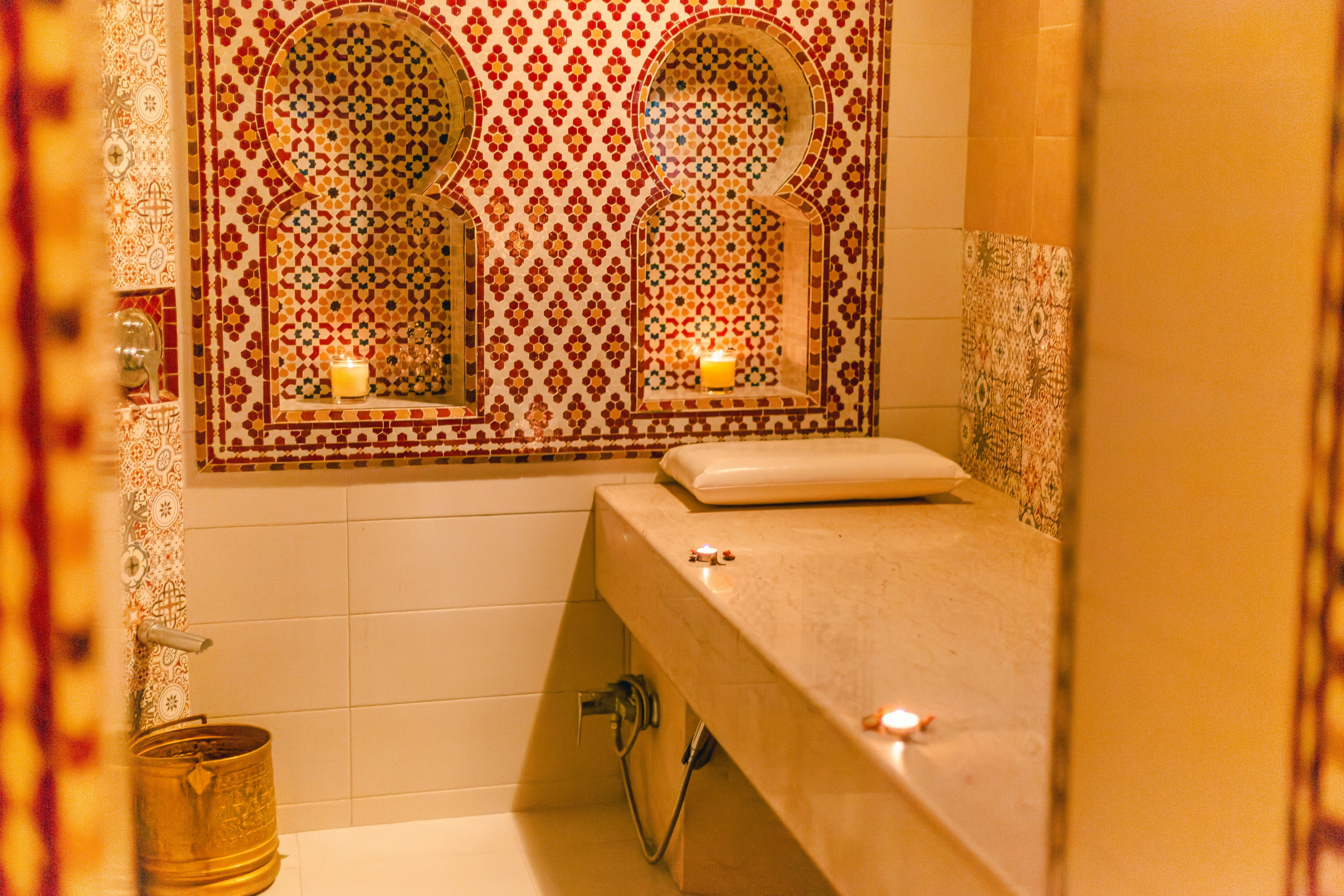
Early afternoon: surf, shop, grab a poolside siesta or visit the hammam
Moroccans often take naps, especially after a large meal and during the hottest part of the day. Join them in this tradition poolside or under a parasol at the beach, where the cooling Atlantic breeze takes the edge off even the hottest days. Once you’ve recharged, the waves will be waiting. On Agadir’s main beach, there are surf schools with soft top boards and instructors ready to show the surfing basics.
If you're not one for napping or surfing, how about a hammam? This age-old cleansing ritual is a steam room scrub-down that leaves your skin glowing. Most hotels have in-house hammams; if not, the elegant day spa at Riad Villa Blanche offers a variety of hammam, massage and jacuzzi packages. You will also find a basic, local hammam in every neighborhood.
Afternoons are a great time to hit the souq, as the prices for perishable goods are lowered towards the end of the day. One of the city’s main attractions is Souq el Had, a sprawling 14 hectares (34.59 acres) of shopping for locals and visitors. Everything can be purchased, fixed or made in Souq el Had. If you prefer a smaller version of the souq, check out the artisan craft markets at Kasbat Souss and Agadir Medina.
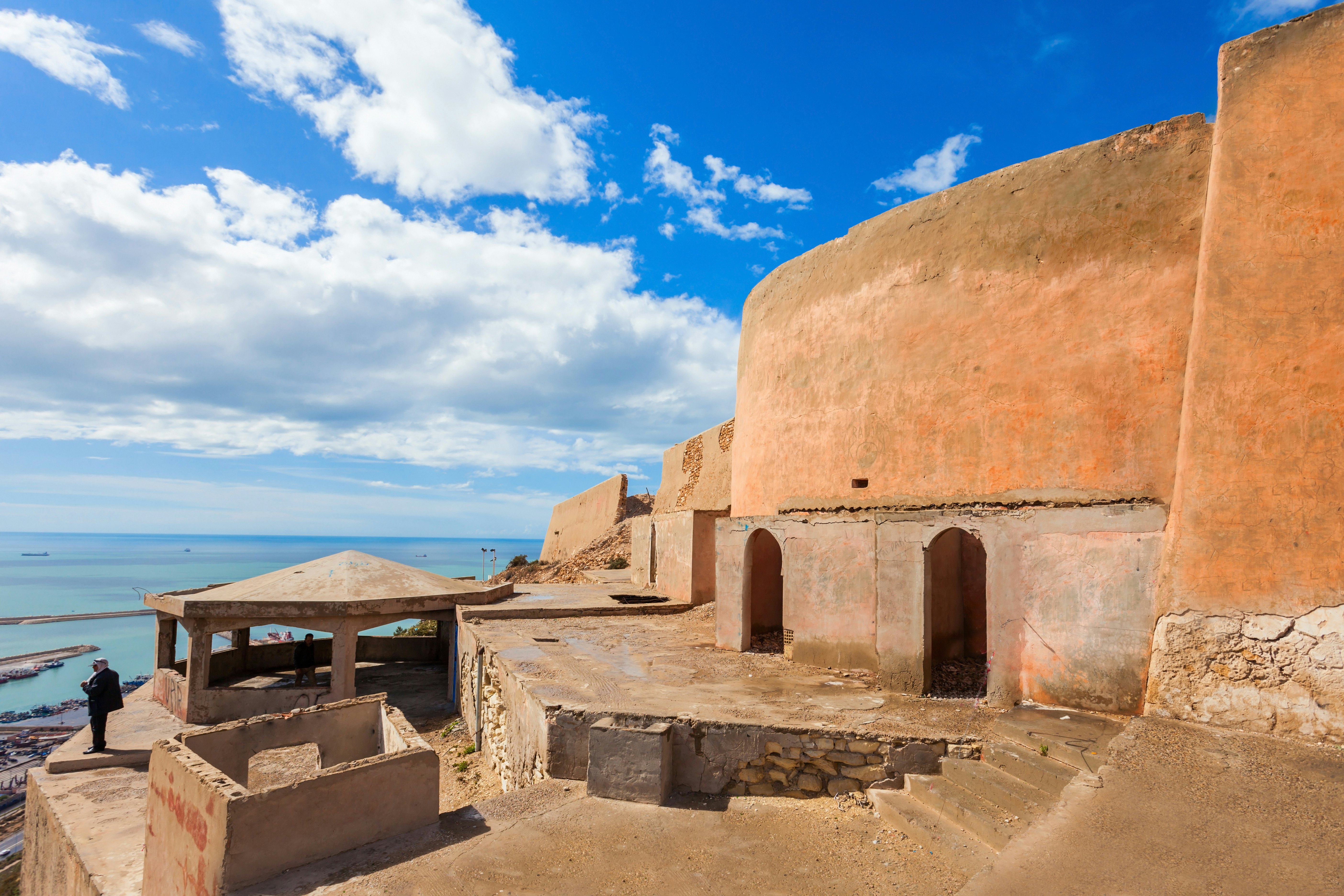
Sunset: cable car to Kasbah Oufella
With the right conditions, the ocean sunsets in Agadir can be truly spectacular. For panoramic views of the city and a sunset over the Atlantic, take the glass-bubbled cable car up to Kasbah Oufella (1756m, 5761ft). If heights aren't your thing, a walk along the beachfront also offers a front-row seat to the sunset and a glimpse into local life, with kids playing on the promenade well into the night.
Dinner: time to eat (again)
Most of the city’s alcohol-licensed restaurants are within hotels or close to the beachfront. Three of the most popular are conveniently in a row on the main promenade. Choose depending on your cuisine preference: Jade, for sushi and Asian fusion; El Toro, for steaks, grills and tagines; and O Playa, for Moroccan and Mediterranean cuisine.
If you’re happy to skip the alcohol and prefer a more local area, consider Hay Mohammadi, an upcoming neighborhood that’s home to young professionals and lively eateries. Black Pan is a standout for authentic Italian pasta and pizzas; it’s the second creation of Francesco Montano, an Italian chef who trained in Naples. His first restaurant opened in Marrakech.
Night: a nightcap, dessert or cabaret
Most of the bars and nightclubs are on Boulevard du 20 Aout and Avenue Mohammed V, the roads that run parallel to the beach. They range from tapas and wine bars, such as Le Z, to cabaret-style nightclubs; Naya puts on quite a show.
If you are feeling more sedate, join Moroccans for a dessert date; the majority do not drink alcohol. Their preferred nightcap would be something sweet, such as the indulgent Belgian chocolate-covered crepes at Chocolate Dip.
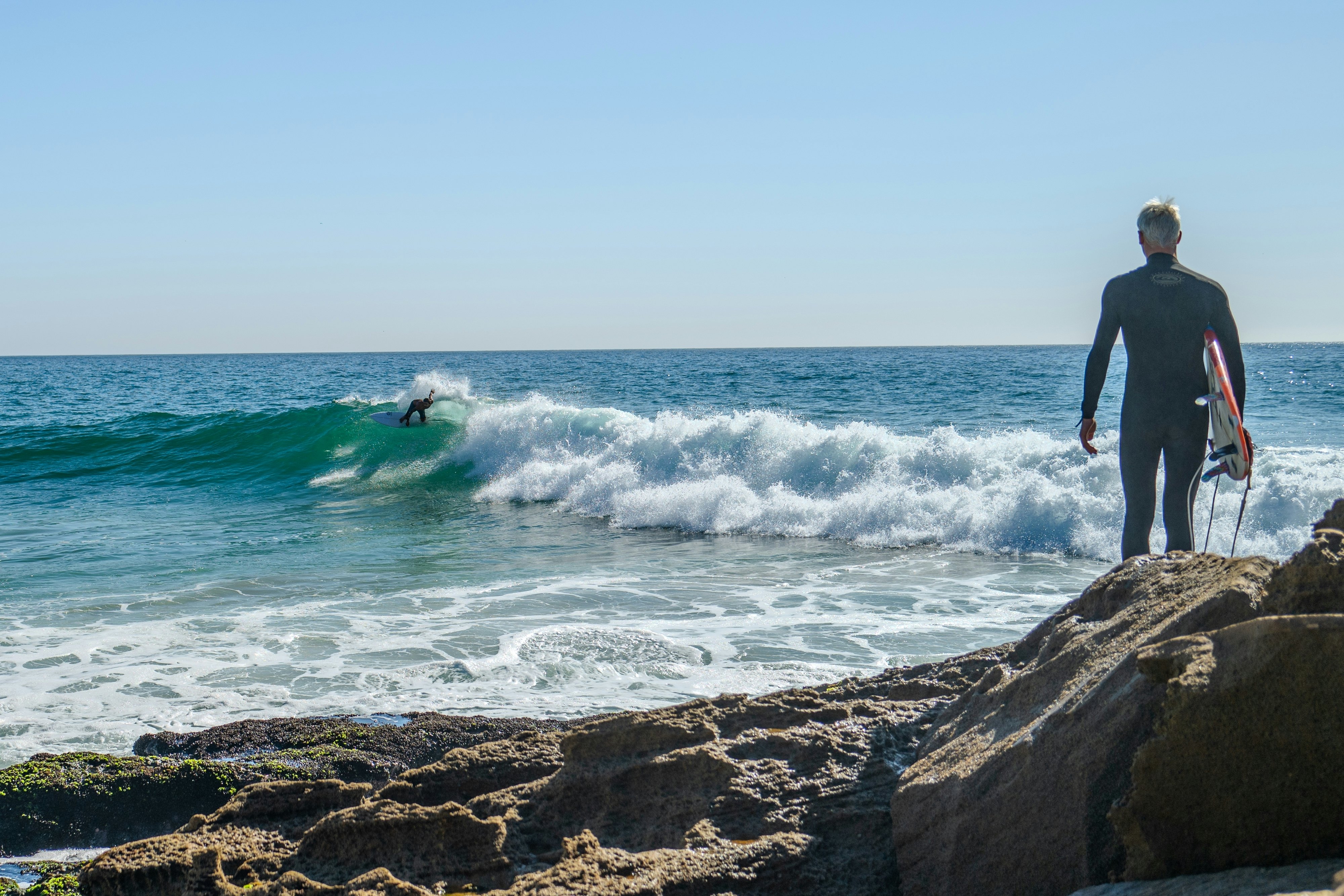
Where should I stay in Agadir?
Along the beachfront, you’ll find large hotels and all-inclusive resorts with ocean views, pools and private sections of the beach. The southern end of the bay, Founty, is an upmarket district with five-star hotels, luxury villas and boutique hotels. For a city location, still within easy reach of the best, Talborjt is a central neighborhood with grid-like streets, parks, such as Jardin d’Olhão, and a few traditional guesthouses, like Riad les Chtis d’Agadir.
To experience the region's surf scene, head to the northern suburbs: Anza, Tamraght and Taghazout, where you’ll find world-class waves, surf camps, and surf schools. Nature enthusiasts may like to consider rural retreats, such as Atlas Kasbah, a 10-minute drive from the city center. Golfers seeking proximity to the courses should consider hotels located southeast of the city center.
When should I go to Agadir?
Agadir has an arid desert climate, which makes rainfall rare. There are some colder days from December to February, with an average daily temperature of 60°F. The summer months, from July to September, can be very hot; the average daily high in summer is 80°F. However, due to morning cloud cover and a cooling Atlantic breeze, the summer heat is less intense than in inland regions.
Due to the high volume of family-friendly accommodation, the European and Moroccan school holidays are Agadir’s busiest seasons. The shoulder season, from April to June, are quieter months, with nice temperatures and some windy afternoons.
Is Agadir safe?
Agadir is a laid-back coastal city whose residents are welcoming of tourists. It’s well-policed, especially along the promenade, and has a low crime rate. That said, to avoid unwanted attention and petty crime, dress modestly and keep valuables away from any opportunist’s eyes.
What languages are spoken in Agadir?
The primary language is Tachelhit, a dialect spoken by the native Amazigh people. Other languages spoken include Moroccan Arabic, French and, increasingly, English.










